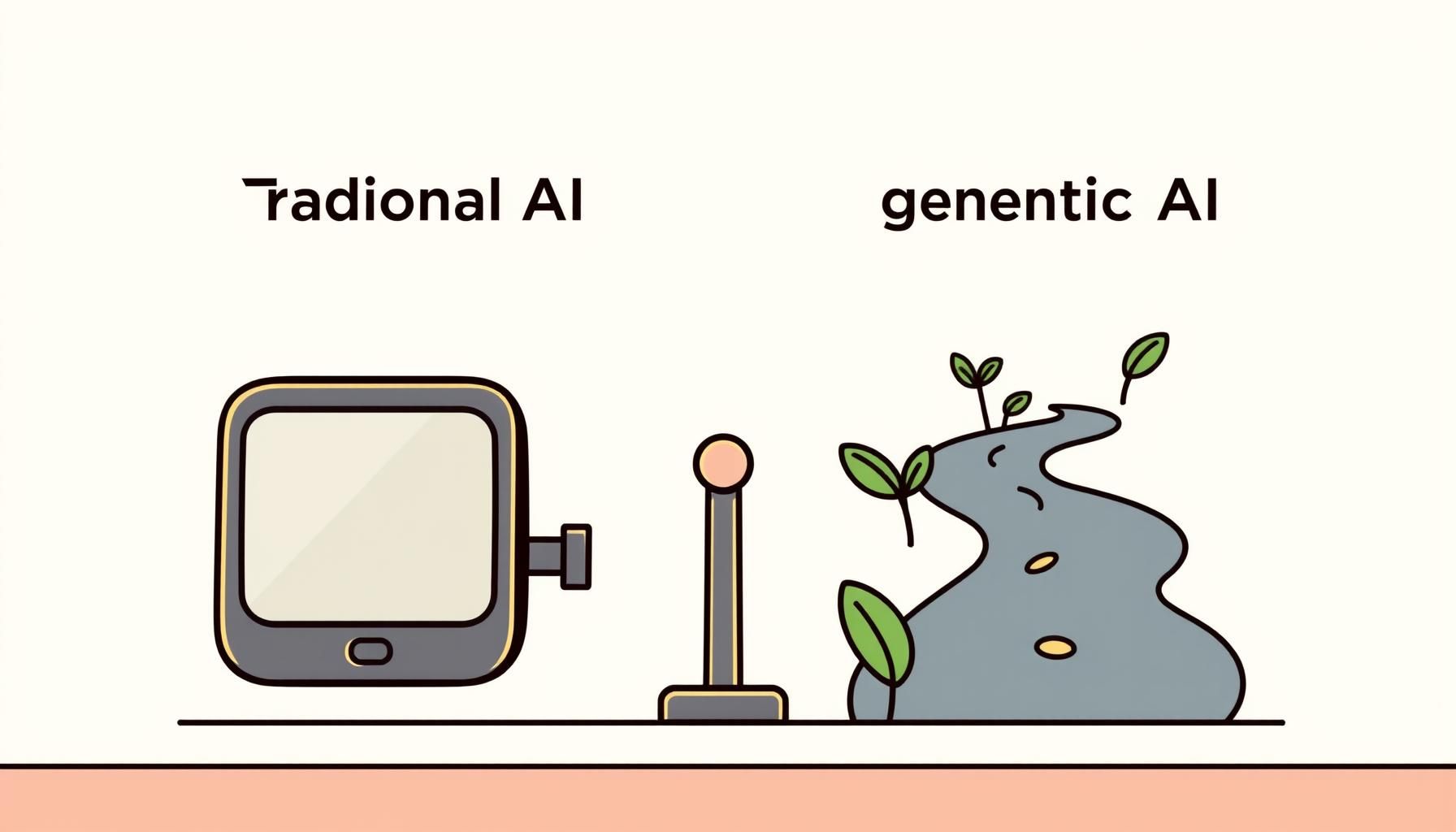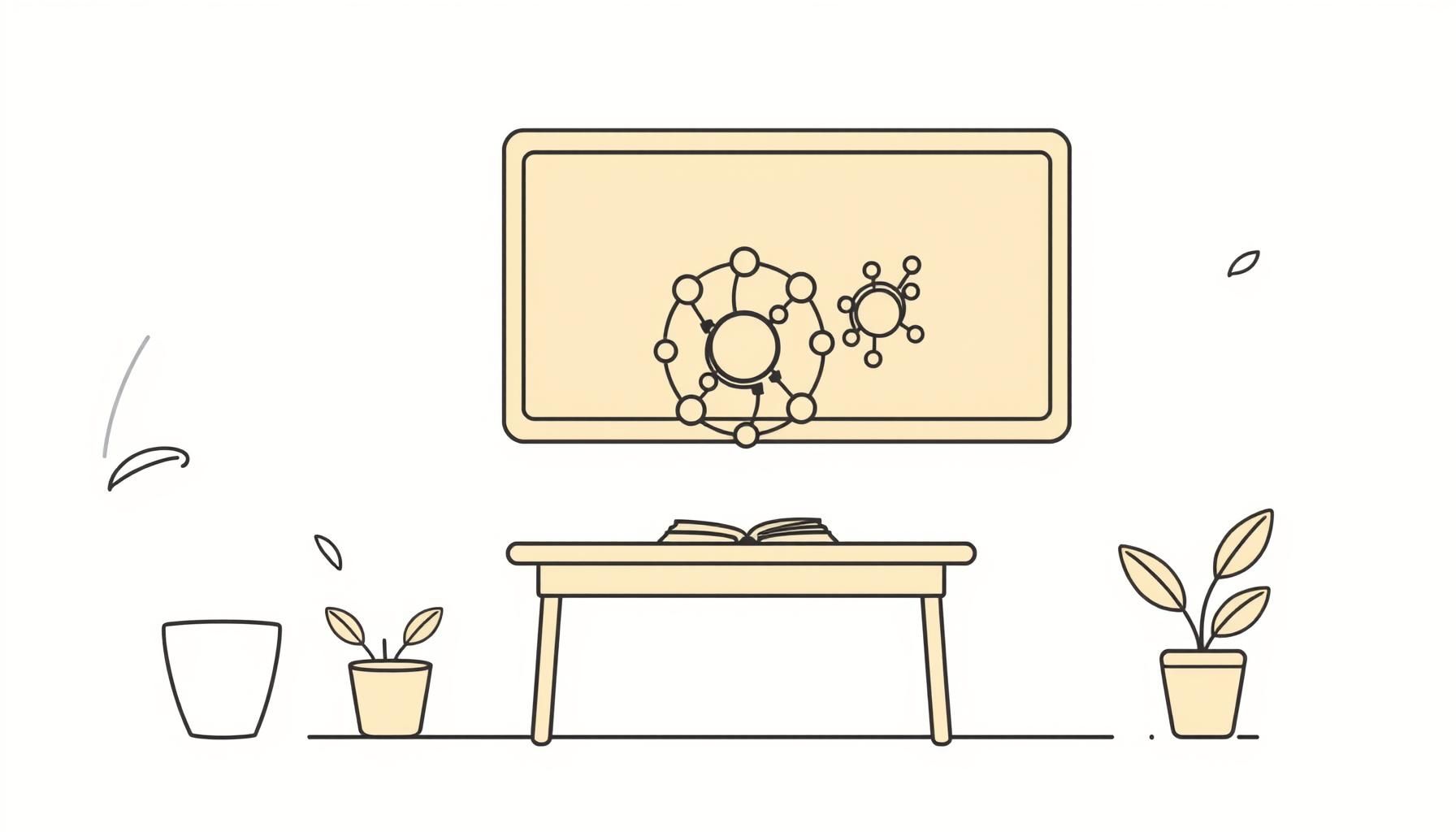
Your child building a block tower, testing ideas independently—imagine learning tools that do the same. ‘Agentic’ AI collaborates, explores, and grows with kids, transforming education. As a parent of a curious seven-year-old, I wonder: how will this technology shape their learning journey?
What Exactly Is Agentic AI?

Let us break down simply this ‘agentic’ thing that’s buzzing in tech circles. Think of traditional AI tools like a helpful GPS – you tell it where to go, and it gives you directions. Simple, right? How about if that GPS started suggesting scenic routes? What if it noticed when you’re getting tired and suggested rest stops? What if it even learned your preferences over time to make future journeys even better? That’s the leap from simple AI tools to agentic AI!
Agentic AI programming happens when coding assistants stop acting like basic autocomplete tools and start collaborating on real work, just like the experts discussed on Talk Python to Me. These systems can set goals, make decisions, and adapt their approach based on results – essentially learning through experience. It’s like giving a super-smart sidekick to our children’s educational journey!
Imagine our kids using tools that don’t just give answers but help them explore possibilities, adapt when things get tricky, and grow their understanding over time. That’s the agentic revolution!
A fascinating study found that developers thought AI would make them 24% faster, but in reality, these new tools sometimes increased completion time by 19%. Why? Because learning to work effectively with these autonomous systems takes time and patience – qualities we can nurture in our children starting today!
How Will Agentic AI Transform Classrooms?

Building on this idea of AI as a learning companion, let’s explore how agentic AI could transform classrooms. As a parent watching my daughter navigate the world of learning, I’m constantly amazed by how these systems could revolutionize education.
Imagine classroom tools that adapt to each child’s learning style in real-time, recognizing when they’re excited about a topic and diving deeper when their curiosity sparks.
These intelligent learning agents could become patient companions in our children’s educational journey, helping them explore concepts at their own pace while gently guiding them toward deeper understanding. They might help identify hidden strengths or struggles teachers might miss, creating truly personalized education experiences.
But here’s the exciting part: our kids don’t need to wait for the future to experience this! Educators are already experimenting with agentic systems that help students solve complex problems, develop critical thinking skills, and even collaborate on creative projects that would have been impossible just a few years ago.
Consider this research finding: AI-assisted onboarding reduces learning ramp-up time by over 40%. What if these same benefits could help our children grasp challenging concepts faster while developing deeper understanding? The potential of agentic AI in education is tremendous!
How Do We Raise Balanced Digital Pioneers?

So how do we prepare our kids for a world where AI isn’t just a tool but a learning partner? The key is balance! We want our children to be comfortable with technology while developing irreplaceable human skills.
First, encourage creative and hands-on play. These experiences build neural pathways that complement rather than replicate what AI systems can do. When my daughter builds elaborate block structures or draws detailed stories, she’s developing spatial reasoning, problem-solving, and imagination – all essential for thriving alongside agentic systems.
Second, nurture curiosity. Ask open-ended questions that encourage exploration: ‘What might happen if…?’ ‘How could we make this better?’ ‘What other possibilities exist?’ These thinking patterns help our children develop agency – the ability to take initiative and see projects through – which aligns beautifully with how agentic AI operates.
Third, develop emotional intelligence and collaboration skills. While AI can process information, it can’t (yet) replace human connection, empathy, and teamwork. These skills will only grow more valuable in an AI-enhanced world.
Recent research shows that groups combining human creativity with AI capabilities outperform either working alone. This gives me hope – our children aren’t being replaced but empowered by these technologies!
How to Balance Tech with Human Connection?

As parents, we’re all-too-familiar with screen time struggles and the temptation to hand devices to our kids for peace and quiet. With agentic AI entering the scene, these conversations become even more nuanced.
The secret? Frame technology as a tool for creation, not just consumption. Instead of passive watching, encourage content creation, problem-solving, and interactive exploration. Some of the most engaging uses of educational AI I’ve seen help children turn their ideas into interactive stories, animations, or simple games – empowering young creators rather than just consumers.
Maintain clear boundaries but stay curious alongside your children. When you encounter these new technologies together, you’re modeling life-long learning while keeping connection central. You might say, ‘Let’s explore this new tool and see what we can create together!’ Integrating agentic AI thoughtfully can enhance the learning journey.
What memories do we want tech to enhance versus replace? This question helps us focus on using technology to strengthen rather than replace valuable family moments.
Remember that agentic AI tools, like any technology, work best when they serve human needs, not the other way around. Pay attention to how your child interacts with these systems – do they feel empowered and engaged, or frustrated and disconnected? Their responses will guide your approach!
What’s Next in Our Children’s Learning Journey?

As we stand on the cusp of this agentic AI revolution, I’m filled with both excitement and responsibility. Wow, what an amazing era for our kids – watching them grow up alongside technologies that can enhance their learning and broaden their horizons!
The truth is, preparing our kids for this future isn’t about specific technical skills that might become obsolete. Instead, it’s about cultivating adaptability, creative thinking, ethical awareness, and the courage to co-create with intelligent systems.
These agentic AI tools might change how we learn, but they won’t replace our children’s need for human connection, play, and authentic experiences. Our most important job remains providing love, encouragement, and opportunities for genuine growth – with or without technological enhancements.
What if we viewed agentic AI not as competition but as another member of our children’s learning team? A patient guide that never grows tired of explaining concepts, a creative partner that can generate endless possibilities, a tireless assistant that helps organize thoughts – all under our careful guidance and supervision. Just like those first wobbly block towers our kids build, this learning journey with agentic AI is just beginning.
The future isn’t something that happens to our children; it’s something we build together. With curiosity, balance, and plenty of love, our little ones will navigate this exciting new frontier with confidence and joy!
Source: Talk Python to Me: #517: Agentic Al Programming with Python, Talkpython.fm, 2025-08-22 08:00:00
